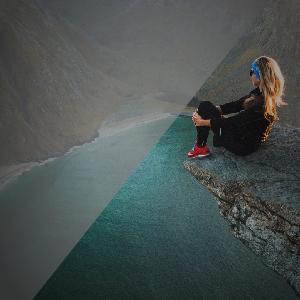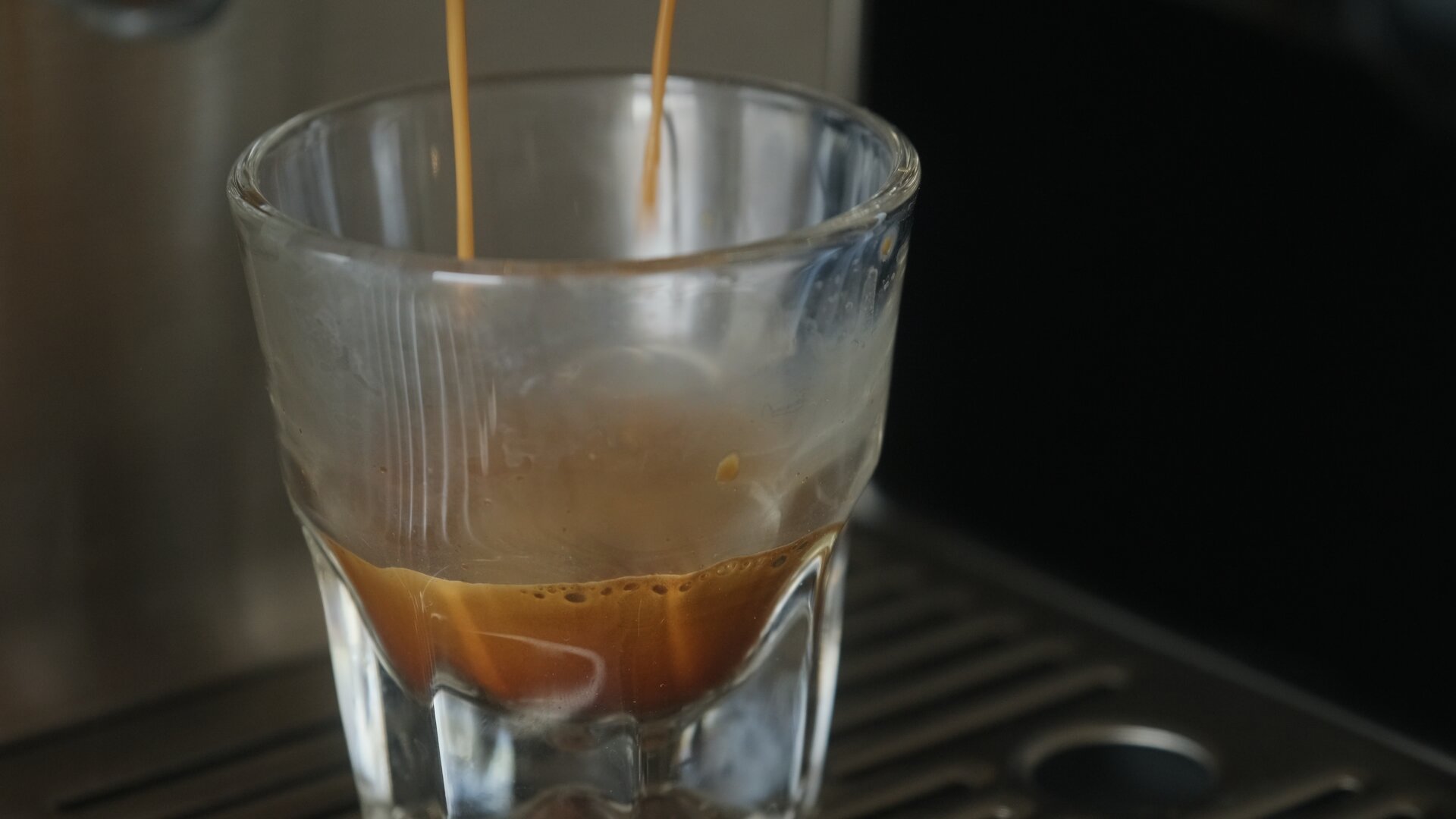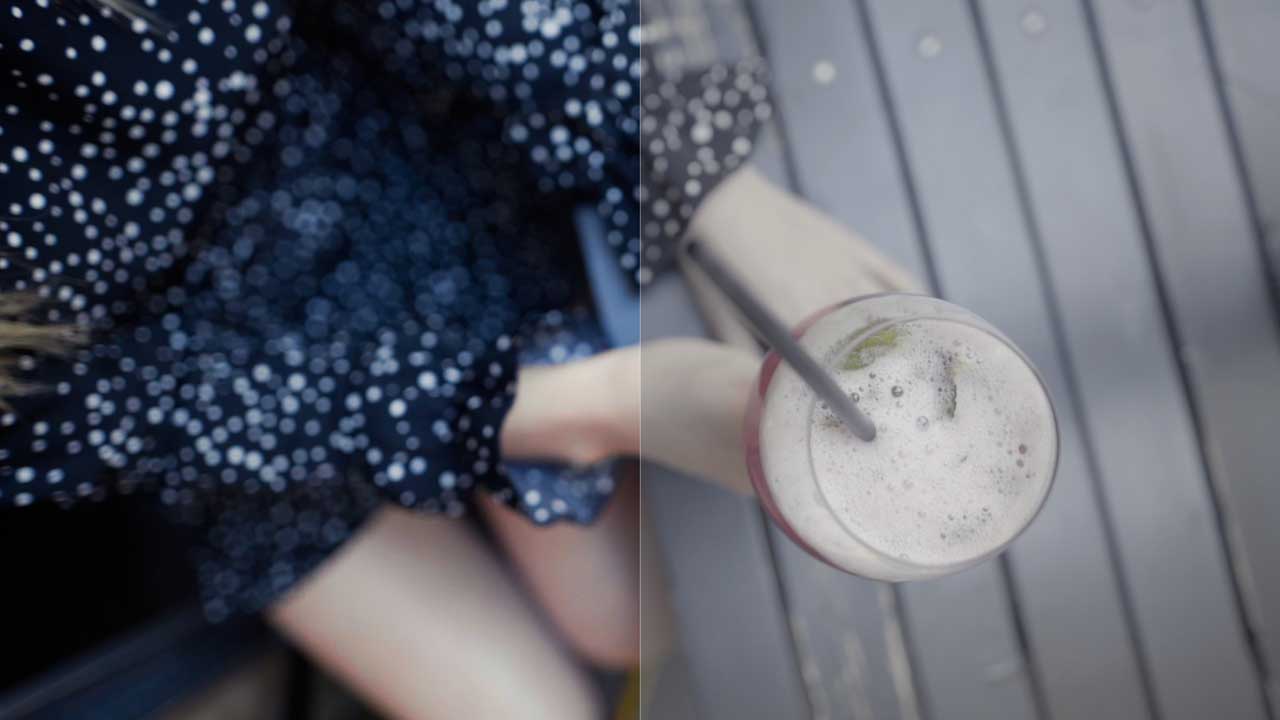

With BT.2020, I would import it and then use HDR-Tools to convert it to Rec.709 SDR. With Rec.709 FCPX can't even read the metadata correctly (with BT.2020 selected it shows me that it's "Rec.2020 HLG" footage). When I import my HLG2/rec.709 footage (in a Rec.709 Project), it looks completely blown out. Now, I would like to do my editing in Final Cut Pro, and it would be great if I could also do my colors in there, but FCPX is way more confusing. But what do I select as input gamma to transform to Rec.709? I've read that I should select Rec.2100 HLG, and somewhere else a dude said that that would be wrong and I should select Rec.2100 (Scene). For color space, I guess I would select Rec.709 as input for Rec.709 color mode, and Rec.2020 for BT.2020 color mode. But I haven't found obvious solutions for HLG2 gamma. This would seem very easy for something like SLog2 gamma with S-Gamut color, as you can simply select the options as input. Select input color space and gamma and the same for output, and you're done. In Davinci Resolve, people say to pick the Color Space Transform tool. I saw a dude on YouTube (Jason Vong) sharing these settings, and some of his footage looks really nice, so I decided to go with it.Īfter watching a couple videos, I think this is what the workflow usually looks like:ġ) Color and Gamma Transform or Conversion LUT to Rec.709 and Gamma 2.4Ģ) Basic exposure corrections BEFORE the Transform or LUT from 1)ģ) Creative Grading after Transform or LUT from 1) After very superficial research, I decided to go with a picture profile with HLG2 gamma and the color mode Rec.709 (NOT BT.2020) for video recording. So, I have a Sony A7C and I make guitar cover videos on YouTube. I can't find a definitive answer on the internet to the questions I'm about to ask. In other words, are there any practical advantages to using SGamut vs.I'm a noob when it comes to color grading. Also a good opportunity to learn more about Resolve (more impressive the more I learn about it). I'm currently comparing custom Rec709 picture profiles to SLog2+SGamut to see if it's possible to get the same looks using Rec709 in-camera (much easier to expose, focus, etc.).

SLOG2 TO REC709 SKIN
Using Resolve 11 with the above LUTs it's possible to get some pretty impressive looking color and skin tones with SLog2 and SGamut. In my tests so far, the F65 LUT from Sony for Slog2+SGamut to Slog2+Rec709 appears to be working OK for skin tones.

These might be helpful as Slog2+SGamut changes color behavior with exposure (fixed in Slog3+SGamut3). These are pretty nice too, and have versions for various levels of exposure. Here's Art Adam's article comparing Slog2+SGamut2 to Slog3+SGamut3: .Īlister Chapman's A7S 3D LUTs: .
SLOG2 TO REC709 PRO
Once converted to Rec709 color with the Slog2 curve, a custom curve can be used in Resolve, then the final look saved as a 3D LUT which can then be loaded into Premiere Pro (real-time effect).
SLOG2 TO REC709 FULL
Since the A7S gamma in Slog2 isn't full range, using the included Slog2+SGamut to Slog2+Rec709 3D LUT is a good starting point. After a bit of testing, including using a simple 3x3 linear color matrix (thank's dhessel), I found the best results with 3D LUTs. These will work in Resolve, Speedgrade, and PPro (load with a Lumetri Effect):ģD LUTs from Sony. Without a proper color transformation, SGamut is time consuming to color correct. SGamut is Sony's 'top-of-the-line' ultra-wide color space.


 0 kommentar(er)
0 kommentar(er)
